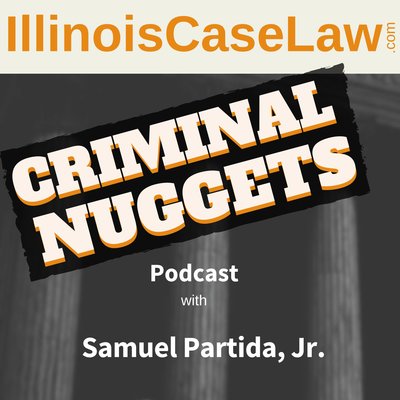Sep 15, 2014
Involuntary manslaughter as a lesser included offense to murder, may seem like bucket one of the Buzo The Clown challenge. However, the case of People v. Smith, teaches us that actually getting this lesser included jury instruction may not be so easy after all.
The Case
People v. Smith was a murder trial. The defendant in that case was charged with murder. Apparently, he had a problem with the fact that his “girlfriend” was actually spending the night with her husband.
Defendant testified that, yes, he entered the home late at night when he was not invited. But they pulled a gun on him and he had to wrestle it away. Husband ended up with the bullets in his chest that killed him when the gun just “went off” during the struggle.
The Bait
What can get us in to trouble with a lesser included instruction, is the well known refrain that any “slight evidence upon a theory of a case will support a lesser included instruction.”
Additionally, we defense attorneys also take comfort with the knowledge that we can even claim self defense and still qualify for the lesser included offense of involuntary manslaughter. This is great because, a self defense to murder and an involuntary manslaughter offense have inconsistent mental states. No problem, right? The law does not prohibit the involuntary manslaughter instruction just because we claim self defense at trial.
AND we all know that our client does not even have to testify to successfully argue for involuntary manslaughter as a lesser included offense to the charge of murder. If we can point to the tiniest part of the State’s case which supports a theory for involuntary manslaughter then wham! We get the instruction.
State’s Evidence Was Different
This Defendant was betting on an easy path to the manslaughter instruction. He testified. Plus, the State’s own evidence supported a struggle like the way Defendant described. Sounds like “any slight evidence,” doesn’t it?
Notwithstanding the rules and the truths described above, in this case it was a big problem that Defendant got on the stand and described his behaviour as self defense. The State’s evidence also did not completely help Defendant get the instruction. The State’s witnesses testified about an unjustified killing. Their version of events was completely different from Defendant’s
The State's Evidence Showed -
-
All bullets fired hit a victim
-
Victims were naked and defenseless
-
Defendant burst into their bedroom
-
Defendant broke the phone
-
Defendant took the gun
-
Defendant ran from police
-
Defendant lied about his name
What Went Wrong
This is all important because, we still have to remember that whether or not a lesser included offense jury instruction is provided to the jury is a discretionary decision by the court. It is still a judge that will make the decision and nothing happens automatically.
To win an involuntary manslaughter as a lesser included offense to murder instruction, the judge is going to look at the facts and decide if an act or recklessness was described somewhere in the proofs.
The court will look at these factors that establish recklessness -
-
The brutality and duration of the offense
-
The severity of the victim’s injuries
-
The disparity in size between the defendant and the victim
-
Whether the defendant used a weapon, and
-
Whether the defendant struck multiple times
Involuntary Manslaughter As A Lesser Included Offense
In this case, the dense was walking a very narrow tightrope when betting that they would qualify for the involuntary manslaughter instruction. They didn’t make it.
Relying on “the law” and the rules described above did not serve the client well in arguing for the lesser included jury instruction in this case. This case provides a lesson we should all head.
Just because we can theoretically win a lesser included on the thinnest of evidence, it does not mean that we actually will get it. The more inconsistent your client’s testimony is with a theory of reckless killing the less likely the instruction will be one. Obviously, many of the important decisions to be made here are going to be made by the client. Important details are quite frequently out of the control of counsel.
Yet, the Defendant who is adamant about proceeding with a claim for self defense has to be counseled on what may be given up.



